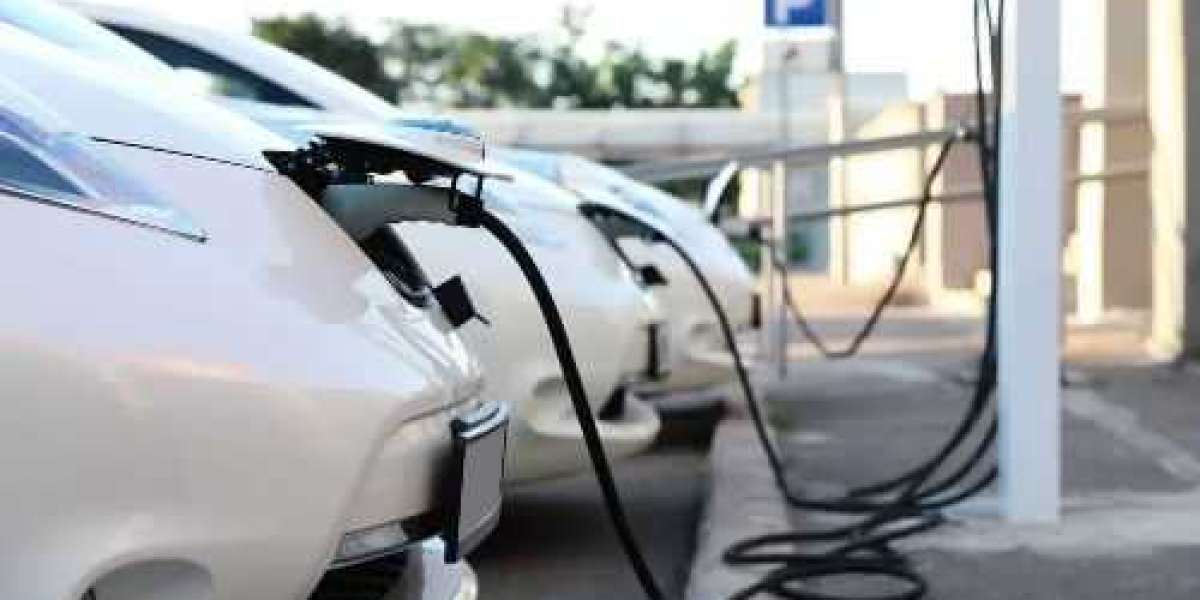DC EV Chargers: The Future of Fast Charging
Introduction
The electric vehicle (EV) revolution is accelerating worldwide, with cleaner energy and reduced carbon emissions driving adoption. Yet one challenge remains at the center of EV discussions: charging speed.
This is where DC fast chargers take the lead. Unlike AC chargers that take hours, DC chargers can replenish hundreds of kilometers of range in minutes, making EVs practical for long-distance travel, fleets, and urban use.
What Is a DC EV Charger?
Batteries store energy as direct current (DC), but the power grid delivers alternating current (AC). With AC charging (Level 1 or Level 2), electricity must pass through the EV’s onboard converter, which limits speed.
DC chargers, however, perform the conversion inside the station. They send high-power DC directly to the battery, bypassing the vehicle’s limits and enabling charging speeds of 50 kW to 350+ kW.
How DC Charging Works
Connection – EVs plug in via CCS, CHAdeMO, Tesla, or GB/T connectors.
AC-to-DC Conversion – The charger transforms grid AC into DC.
Communication – The EV’s Battery Management System (BMS) and charger exchange data on voltage, current, and safety.
Direct Power Flow – DC electricity charges the battery at high speed.
Tapering – Charging slows near 80% to protect battery health.
This process can add 100–300 km (62–186 miles) of range in 15–30 minutes, depending on the charger and vehicle.
Business Benefits
Maximized Uptime – Fleets spend more time on the road, less time charging.
Operational Efficiency – Faster rotation means fewer vehicles needed.
Customer Attraction – Hotels, malls, and service stations draw EV drivers with quick charging.
Expanded Range – Businesses can serve wider delivery areas without more vehicles.
Sustainability – When powered by renewables, DC charging supports ESG and CSR goals.
DC vs AC Charging
Speed – AC (3–22 kW) takes 4–12 hours to charge; DC (50–350 kW) can reach 80% in under 30 minutes.
Use Cases – AC suits overnight home/work charging; DC suits highways, transit hubs, and fleets.
Cost – DC systems are more expensive but offer faster ROI through uptime and premium services.
Best Locations for DC Chargers
Highway rest stops – Enable long-distance travel.
Gas stations hubs – Transition sites for mixed fueling.
Shopping centers – Charge while customers shop.
Hotels hospitality – Offer quick top-ups for guests.
Fleet depots – Keep commercial vehicles in operation.
Urban fast-charging stations – Support drivers without home chargers.
Factors Affecting Charging Speed
Charger output (50–350+ kW).
Vehicle battery capacity and chemistry.
State of charge (fastest between 10–80%).
Battery cooling systems.
Grid connection capacity.
The Future of DC Charging
Ultra-fast chargers (500+ kW) for buses and trucks.
Bidirectional charging (V2G) to stabilize grids.
Renewable integration with solar and wind.
Automated wireless charging for convenience.
Conclusion
DC EV chargers are more than a faster alternative to AC—they are the backbone of the future transport ecosystem. For drivers, they mean shorter waits and longer journeys. For businesses, they bring efficiency, customer engagement, and sustainability.
As technology advances, DC charging will become even faster, smarter, and more widespread—accelerating the global shift to clean, electrified mobility.
It's important to know about Google SEO to help your website rank higher in search results.



